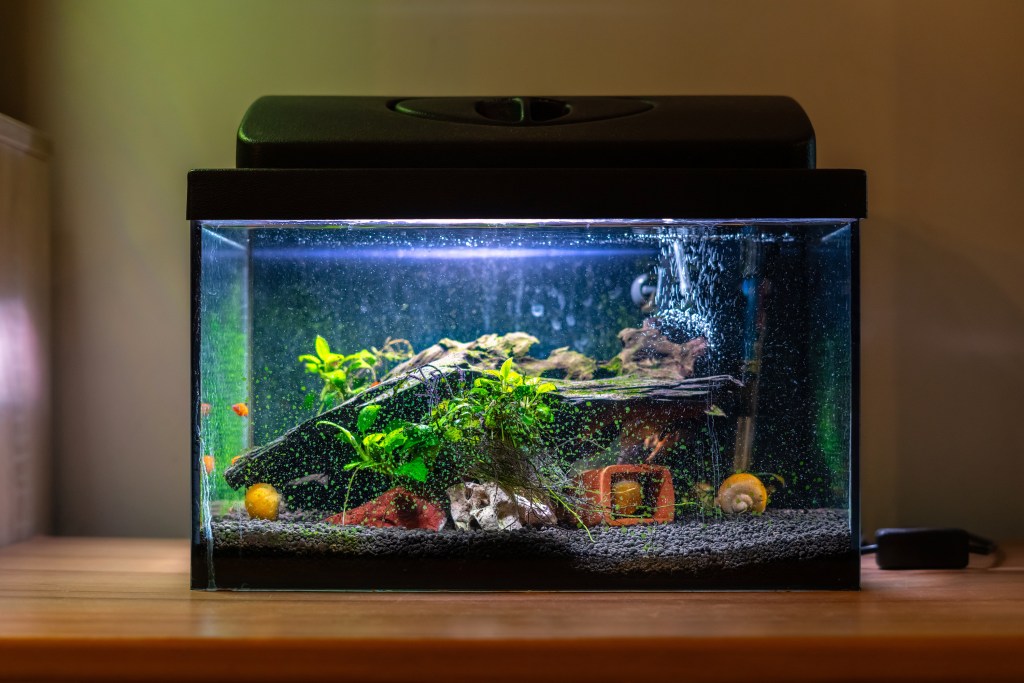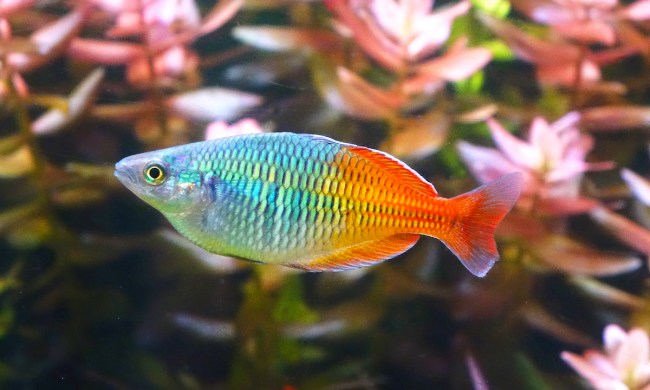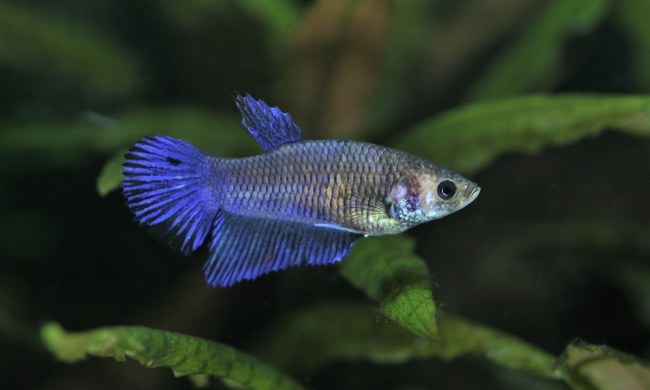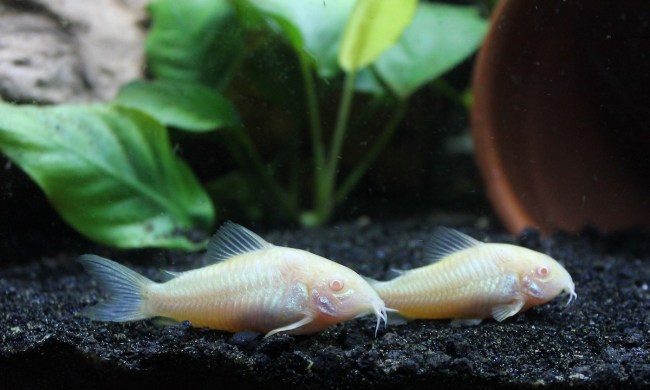Where there’s water, there are bubbles. It’s unavoidable and you’ll be chasing an impossible dream if you try to eliminate them from your aquarium entirely. For starters, the filter produces a continuous stream, and that’s a good thing! It means the system works. But some bubbles may reveal underlying problems with your water or with your inhabitants. So, why are there bubbles in your fish tank, and how do you know if those little oxygen sacks indicate an issue or a healthy ecosystem? Here’s how to tell where they’re coming from and figure out what to do about it.
Why are there bubbles on plants?
Like we said, bubbles are often totally normal — no action required. This will especially hold true if you have live plants, which produce oxygen naturally and sometimes hold on to it in the form of bubbles. Of course, those eventually dissipate, at which point the gas inside seeps into the water. That’s good! Fish need to breathe just like the rest of us and do so through their gills by pulling oxygen from the water in the tank. These types of bubbles go on the good to neutral list.

Why are there bubbles covering the surface?
So, what happens when there’s not enough oxygen for your fish to function happily? When they can’t get it from the water, they’ll make their way to the surface and breathe the air. Some fish do this frequently, as do aquatic frogs and other non-fish aquarium dwellers, so don’t take that act alone as an immediate cause for concern.
But a buildup of bubbles from too many fish breaths could tell you that it’s time to reexamine your levels. A water change will fix the problem — make sure to pour the water slowly in for maximum effect. And look into any larger issues since your tank might be dirty or overcrowded.
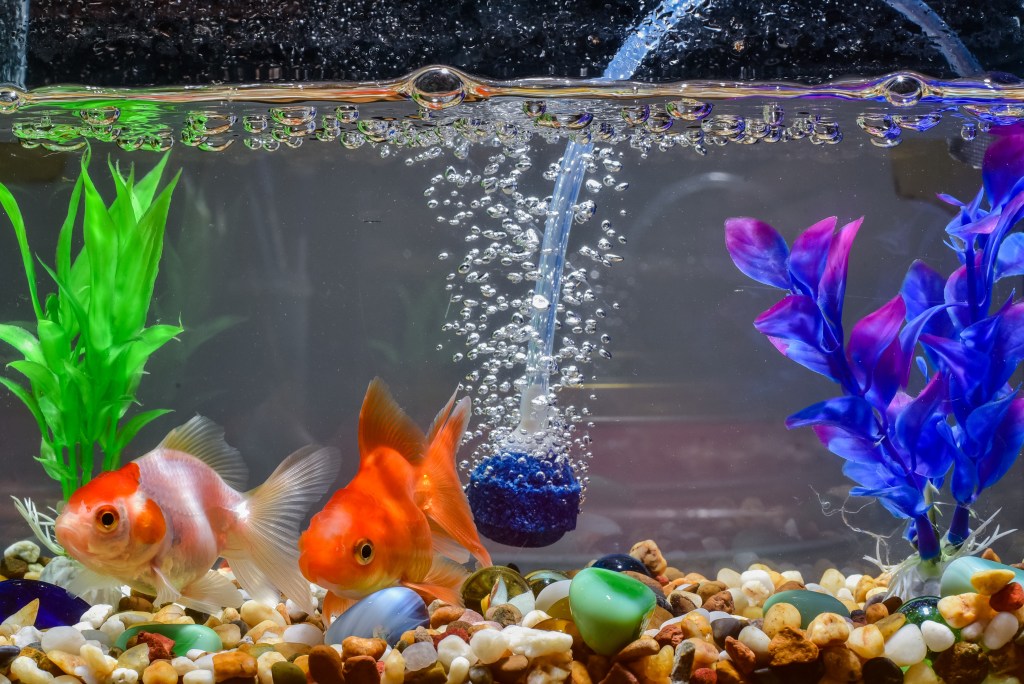
Why are the bubbles clinging to fish?
Finding bubbles clinging to your fish should ring some alarms. Examine them closely and call an expert to determine the issue. Unfortunately, it could be ich or gas bubble disease, both big problems. If you determine that ich or another parasite is causing them, look to a few simple conditioners for a cure.
However, gas bubble disease occurs when you make too many temperature or pressure changes to the aquarium. Keeping your tank clean but without replacing all the water prevents this. Once your fish has it, submerge him in very deep, high-pressure water and call your fish doctor for assistance.
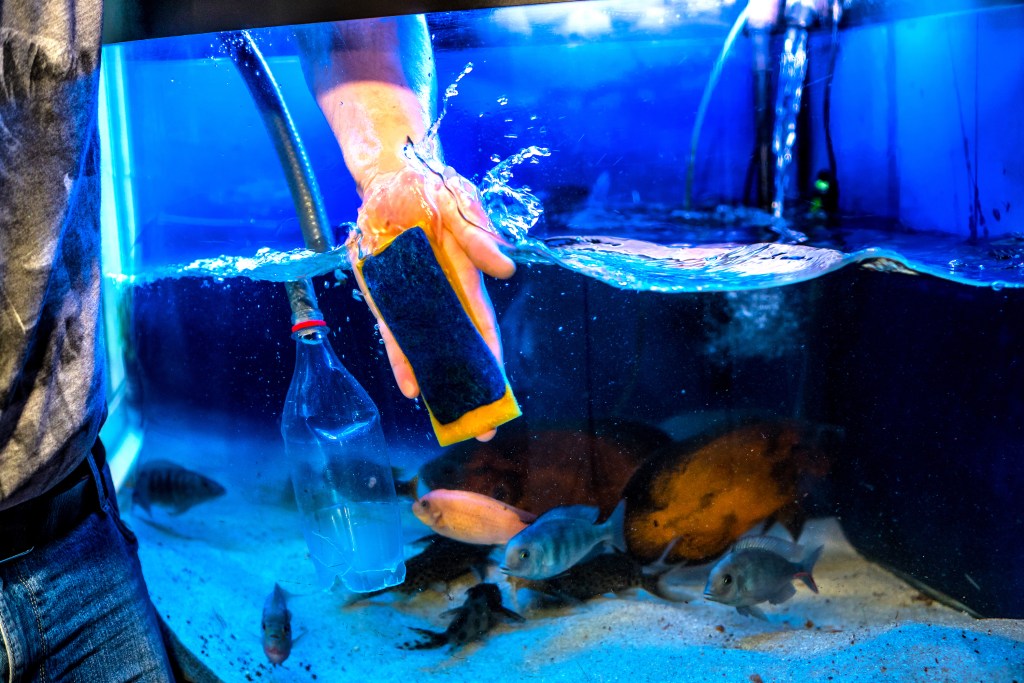
Why won’t the bubbles pop?
Do you have bubbles or do you have foam? You might spot something that looks more like foam than individual bubbles, and it always means trouble. More specifically, you need to clean your tank and figure out why it’s getting too dirty in the first place.
Check your filtration system and determine whether it needs replacing or an upgrade. Go through the deep-cleaning process, including gravel and accessories, and do a partial water change. Remember not to do a full water change except in extreme emergencies, as that will introduce more challenges than it solves.
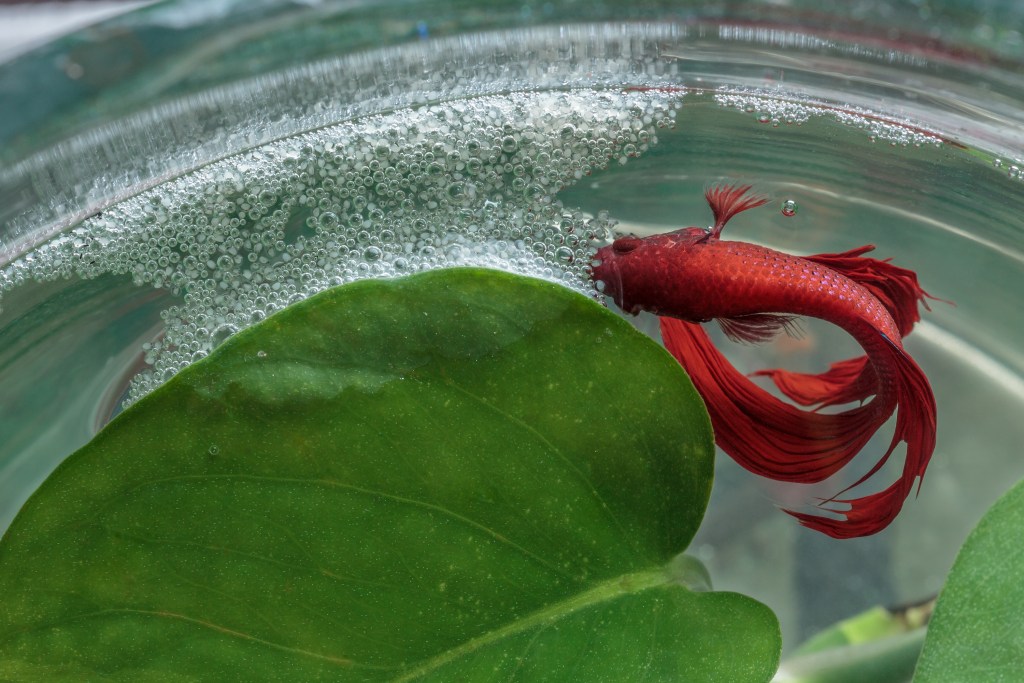
Why are there bubbles in a betta tank?
Counterintuitively, your betta bubbles just tell you he’s good. It’s actually a part of their breeding process — if you had a lady betta around, she would lay her eggs inside the bubble nest. This keeps the babies safe and secure in an oxygen-rich environment once they hatch. In her absence, he’s staying prepared, always ready to find a mate. You may even catch your betta in the act of gulping air and spitting the bubbles out so you’ll know their exact origin. We recommend letting him blow to his heart’s content.
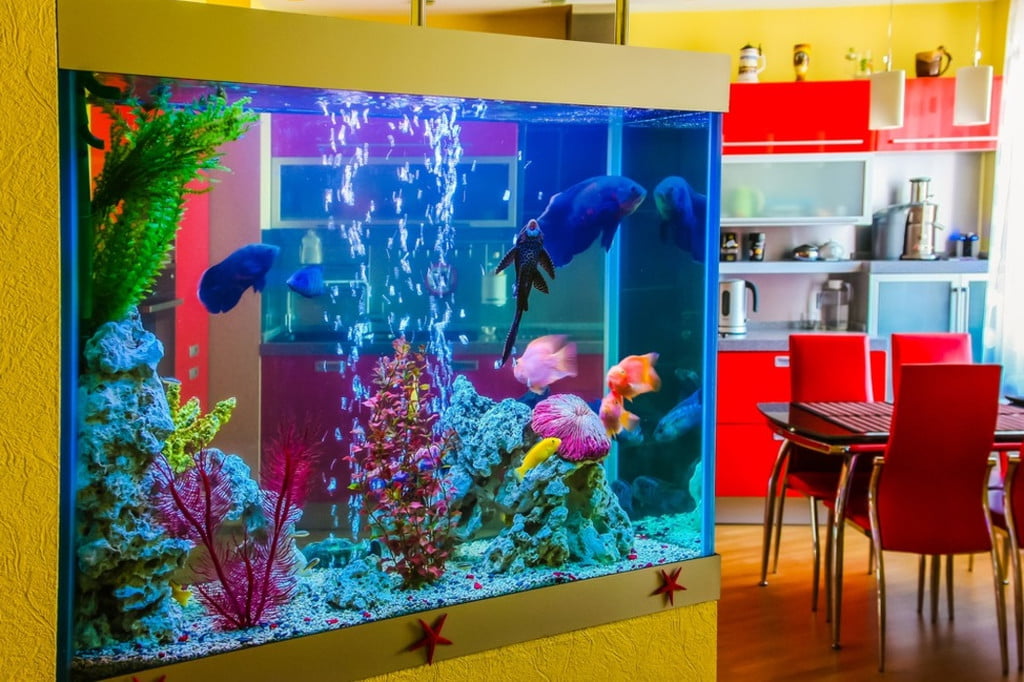
How do I get rid of air bubbles in my fish tank?
Adjust the filter
Remember, your filter might actually be the source of the bubbles, but counterintuitively, bubbles could also come from a lack of oxygen in the housing. So what do you do? Check to make sure it functions properly and fits the size of the tank, then move it down a few notches so it sits under the water.
Run your tests
Hopefully, you check your water consistently no matter what’s happening in your tank, but a sudden change of any kind should make you reach for your test strips. Depending on the results, you’ll have a better idea of what to do next.
Do a partial water change
Test for more accurate results and then do a water cleanse. This aquarium cure-all will often take care of a few issues in one fell swoop without you needing to know exactly what was going on.
While there’s no one cause of bubbles, they aren’t usually a concern. Look closely at where and how they are forming and note any particularly interesting characteristics. The best defense in your aquarium is a good offense: A proper filter, regular partial water changes, and a big tank will keep your problems to a minimum. If you can’t quite tell where your bubbles are coming from, go through a light clean, and full water test to spot any obvious problems. That usually does the trick.
